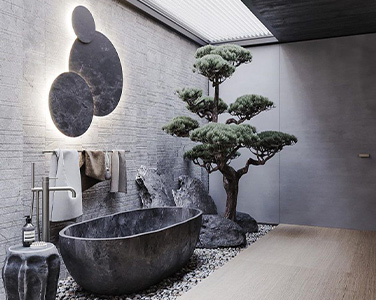For thousands of years, travertine has been employed in countless magnificent constructions throughout the world. It is a kind of limestone that is produced under extreme pressure and heat. In the natural world, heated water that has emerged from the earth precipitates to create Persian travertine. This precipitate persists for millions of years and creates pretty thick layers. Over time, these layers get harder and reach a consistency that allows processing and cutting. Travertine is quite porous and mimics marble to some extent. On occasion, it is even referred to as onyx marble. Although it can be compared to granite, Iran’s travertine differs from marble due to its distinctive porous structure. These travertine cavities result from gases trapped during the material's creation but later released.
Travertine is the most often used and favored type of natural stone tile in the natural stone pavement. Due to its distinctive look created by the travertine formation's shape, it is favored. Travertine tiles come in various colors, from dark brown to virtually white to beige. Surface veins can occasionally be seen in a variety of shades. Each travertine tile has its distinct color variation, according to observers.
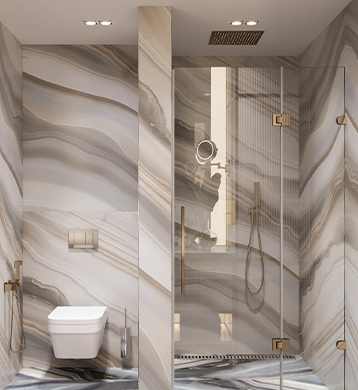
Travertine is the most popular natural stone nowadays because of its organic hues and texture. Its ornamental and durable properties make it ideal for contemporary and antique-looking designs. Iranian travertine provides several ways and patterns of laying in addition to its various color options. It also offers multiple surface treatment options, such as honed, tumbled, brushed, and sand-blasted.
Travertine is produced and imported from regions in the Middle East such as Iran and Turkey, Mexico, and Italy. It is available in a variety of earth-tone colors, including coral red, walnut, cream, gold, beige, and ivory. In this article we will discuss pros and cons of the Persian travertine.
Iranian Travertine is available in a variety of treatments, including tumbled, brushed, and sandblasted. Other finishes include honed and filled, honed unfilled, filled and polished. Options for Persian travertine surface finishes offer a variety of textures, looks, and traction. Honed and polished Tumbled travertine is the most common interior finish. For outside floors, travertine is the most used material. Ledger stone, sometimes known as split-face travertine, is a common material for wall cladding.
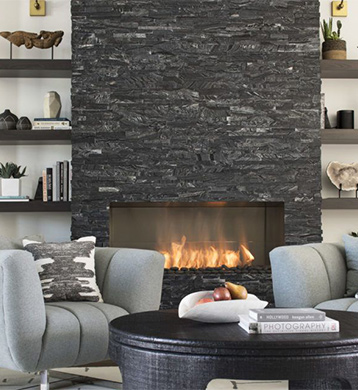
Persian travertine is much simpler to cut and shape when compared to porcelain tiles. As a result, it is much simpler to trim components to fit into tight or unusually shaped spaces. Persian travertine tile replacement is also made simple by finding a tile identical to the previous one and replacing it.
Tiles made of travertine are pretty simple to cut and shape. If necessary, this enables you to fit a tile into irregularly shaped places.
Persian travertine is generally repairable after damage. Cracks can be filled, etchings and stains are taken out, and the surface can be refinished to look brand new.
The majority of cracked travertine tiles can be fixed, but occasionally it's necessary to replace an entire tile. You can ask the travertine tile installers to replace your tile, and they'll take extra care to level the replacement tile with surrounding tiles, match the finish as closely as possible, and avoid harming nearby tiles.
While still stunning and never going out of style, Persian travertine tiles have an old, vintage, or rustic appearance. If you change one tile, the new one will blend in with the others. Furthermore, these tiles go well with many types of house décor.
Countertops made of travertine give a house a refined and delicate look. The distinctive veining and flaws in the stone make it very sought-after. It is excellent at reflecting light, which helps to make the kitchen brighter.
5. Persian travertine has affordable cost.
Persian travertine is almost twice as expensive as other options while providing an appearance and level of durability nearly identical to marble or granite.
The cost of the travertine tile is typically less than that of marble, making it the most economical natural stone tile available. Travertine is still as beautiful as other stone floor tiles. Therefore, it's a reasonably priced luxury. The cost of travertine tiles will vary depending on the supplier, filler level, and finish.
Iranian Travertine is an excellent option if you want a beautiful appearance without spending much money. It is less expensive than other varieties of marble and granite. Depending on the quality, the price per square foot might range from $5 to $30.
Persian travertine is exceptionally durable and has an endless lifespan. Iran’s travertine will maintain its excellent appearance with proper cleaning and upkeep.
It will endure longer if the proper finish is installed in a particular area. It would be best to exercise caution when moving heavy things across travertine tile flooring since the marble is delicate and susceptible to scratches.
Tiles made of travertine are pretty robust (water and moisture-resistant). When properly maintained, they break slowly. Travertine tiles are ideal for both outdoor and interior applications since they are incredibly resistant to significant weather changes (pool, garden pathway, wall of the house, etc.).
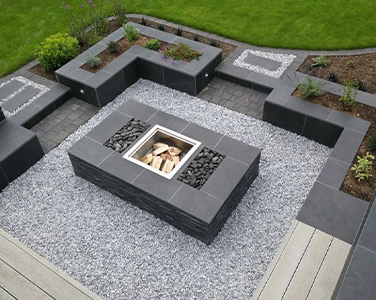
Travertine is a versatile material that may be used for a variety of projects, such as fireplace surrounds, outdoor walks, patios, showers, backsplashes, bathroom floors, and tub surrounds.
Travertine tiles are available in all standard sizes and large format (in inches) dimensions of 1x1, 3x3, 6x6, 12x12, 18x18, 24x24, 36x36, and several more rectangle sizes.
Since Persian travertine is so porous, it can absorb moisture and become slippery when wet. Travertine tiles are rounded to the touch, boasting a honeycomb-shaped surface with holes throughout. However, unlike similar tile stones, they have a more non-slippery texture than others. The rocky texture of travertine features a naturally-occurring rough surface that is smooth to the touch and offers additional traction, making it ideal for pool areas. Since travertine also has more “give” than other natural stones, it provides better shock absorption in wet areas like bathrooms or shower floors and can be installed in dry environments too.
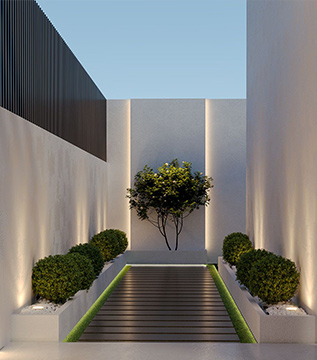
Additionally, travertine may be utilized for fireplace panels, backsplashes, showers, and sinks. The fact that they can be tailored to fit any shape or size is a plus. You may buy tiles or slabs of travertine. The dimensions of the tiles range from tiny mosaic tiles to enormous 36-inch squares. Additionally, travertine weighs less than marble, which is advantageous for shipping and labor.
Even though it is more maintenance-intensive than other flooring alternatives like granite, ceramic, or vinyl, travertine may be considered sturdy or durable. Spilled liquids and staining agents may seep into the surface of travertine tiles through the surface's pores, resulting in damage. By using a sealant, this issue may be rectified. By preventing dirt buildup and extending the life of the tile, the sealer helps to safeguard the travertine. The type of cleaning agent is also crucial since acid-rich chemicals may badly discolor flooring and leave stains on it quickly.
The need for resealing is greater for honed, brushed, and tumbled surfaces than for polished ones. Polishing the surface plugs the pores even though polished travertine sometimes does not require sealing.
It is a natural characteristic of travertine to have holes and gaps in the surface. One thing that sets the travertine apart is that it typically has small holes or cracks in the surface. The holes usually appear as a result of a natural process that occurs during the formation of the stone, although they are sometimes intentionally produced through cutting or chipping. It is a natural characteristic of travertine to have holes and gaps in the surface. In most cases, these holes should be filled for cleanliness and durability. Otherwise, the holes collect dirt and debris degrading the look. These ‘holes’ can be filled with epoxy or grout to create a clean, smooth surface and improve durability.
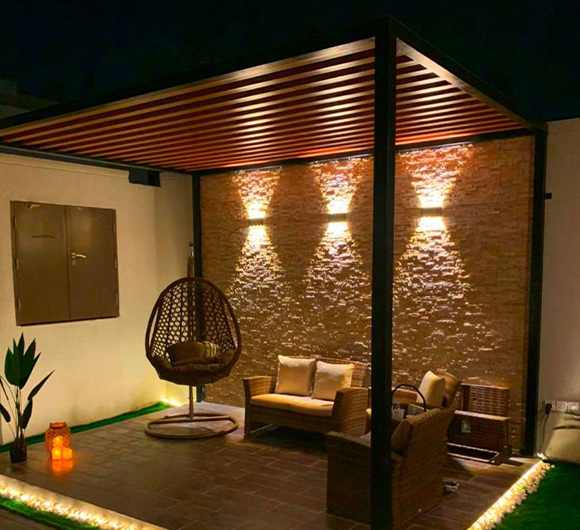
Travertine is formed of calcium carbonate, which will react with any acidic food, drink, or caustic chemical, such as wine, coffee, vinegar, and orange juice, to cause dull patches on the finish, despite its strength and natural appearance. There is always a chance of a permanent stain when an acidic liquid, such as orange or lemon juice, spills on the travertine tiles because the acidic solvent will react with the calcium carbonate of the stone. The answer is a process that must be carried out immediately after travertine floor tiles are laid, and it must, after that, be performed frequently.
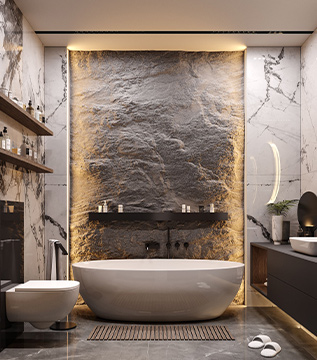
Persian travertine tiles and slabs are heavier than other natural stones. This is due to their greater density. Assembling travertine tiles and sheets is best done with the assistance of a professional due to their weight. Further consideration should be given to the stability of the surface that will receive the travertine. Depending on the weight of the stone, the floor has to be solid enough, and the wall needs to be strong enough to avoid bending and drooping.
As the name implies, travertine is a form of limestone. It originates in hot springs and near volcanoes and is ideal for those who want or need a tile resistant to high temperatures. However, like most stones, travertine can be damaged by high temperatures. Avoid placing hot pots or plates on it, and don't let the fireplace hearth come into direct contact with it.
It is one of the densest stones you can get so that it can be used in many outdoor applications.
Due to its softness, travertine is simple to scratch. Any abrasive cleaning agents, chemicals, or hard objects on the surface must be avoided. Another thing to think about with regard to scratches is how much more noticeable they will be, the more polished the surface is. Travertine countertops are difficult to restore after damage.
With some of the key benefits and drawbacks of travertine countertops, you can make your choice with less difficulty today. Even though it is more maintenance-intensive than other flooring alternatives like granite, ceramic, or vinyl, travertine may be regarded as sturdy or durable. Spilled liquids and staining agents may seep into the surface of travertine tiles through the surface's pores, resulting in damage. By using a sealant, this issue may be rectified. By preventing dirt buildup and extending the life of the tile, the sealer helps to safeguard the travertine. The type of cleaning agent is also crucial since acid-rich chemicals may badly discolor flooring and leave stains on it quickly.
